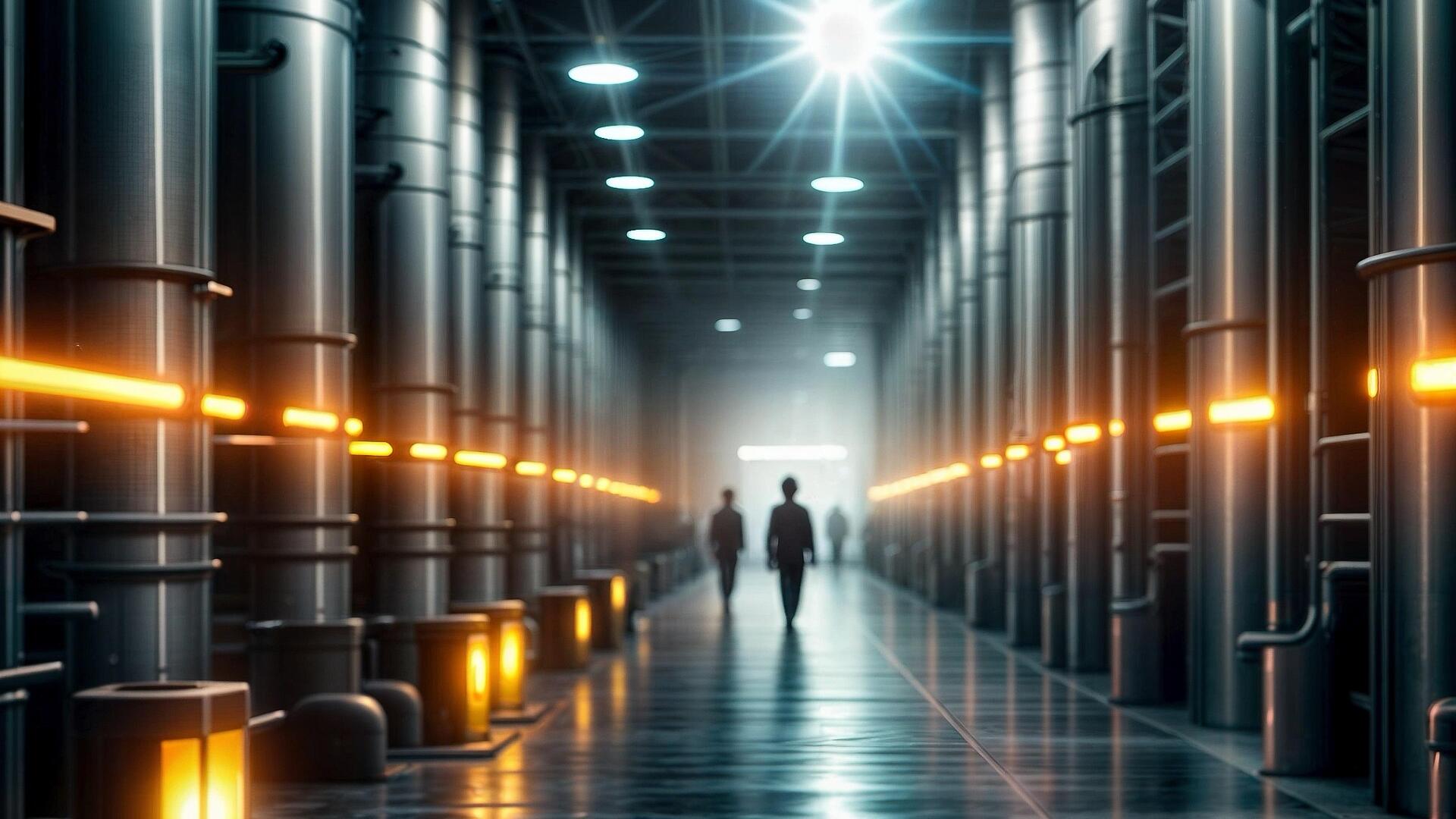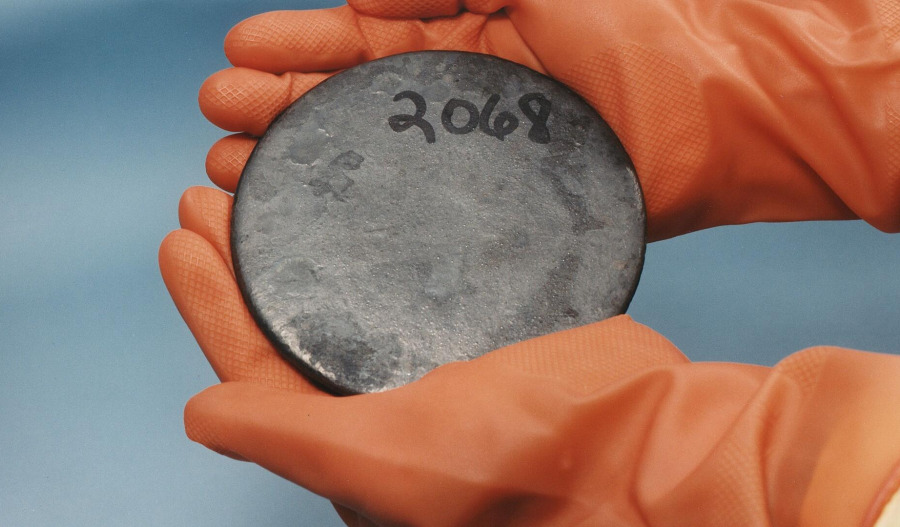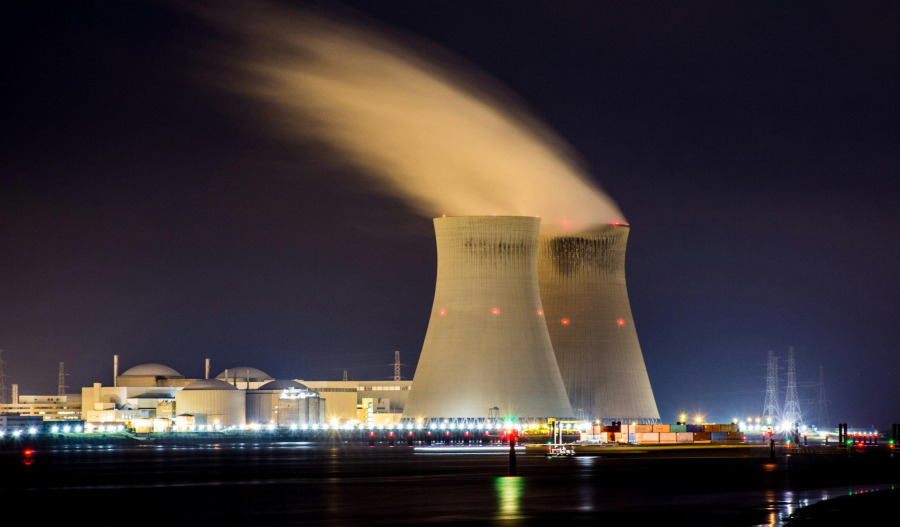More than a decade after the Fukushima nuclear disaster led to its shutdown, the Tokyo Electric Power Company’s (TEPCO) Kashiwazaki-Kariwa plant - the world's biggest nuclear plant - is expected to restart following approval by governor overseeing the region as early as Friday.
According to the Kyodo news agency, Niigata Prefecture Governor Hideyo Hanazumi will consult with the prefectural assembly on his decision during its regular session beginning on December 2.
Assuming the assembly endorses his decision, Hanazumi is expected to respond to the national government's request to approve the restart of Kashiwazaki-Kariwa, which has a total capacity is 8,212 MW.
Hanazumi’s approval to restart Kashiwazaki-Kariwa would be in line with new Prime Minister Sanae Takaichi's plans to support more nuclear restarts to strengthen energy security while also bringing down the cost of living.
After completing checks at No. 6 reactor following fuel loading in October, TEPCO confirmed that the main systems required for reactor startup were operating properly.
It’s understood that TEPCO is now planning to bring online the two biggest units of the plant, No. 6 and No. 7 - which together can produce 2,710 megawatts of electricity - and possibly decommission some of the remaining five units.
A partial restoration of the Kashiwazaki-Kariwa plant would also help to cut liquefied natural gas (LNG) import costs for Japan, the world's second-biggest LNG buyer after China.
Assuming it restarts early next year, unit No. 6 could end up displacing around 1 million tonnes of LNG demand from Japan next year, according to Kpler analyst Go Katayama.
Having restarted 14 reactors since rolling out stricter safety rules following the Fukushima disaster 14 years ago, Japan now has 11 reactors operating nationwide, with a total capacity of 10,647 MW.
Before the Fukushima disaster, Japan's utilities operated 54 nuclear reactors.
"We had already lowered Japan's 2026 demand forecast from 66 million tonnes in 2025 to 63 million tonnes on the back of higher nuclear availability and structurally lower power demand," Kpler said.
"KK6's earlier restart would further reduce that to around 62 million tonnes."
With TEPCO having paid out large amounts of compensation following the Fukushima reactor meltdown in 2011, TEPCO said that restarting one reactor at Kashiwazaki-Kariwa would boost its annual net profit by 100 billion yen.
The company previously pledged 100 billion yen to support local communities within Niigata Prefecture to gain support for the restart, which TEPCO has sought for many years despite some local opposition.

Join our community of decision-makers. No card required
Join now

